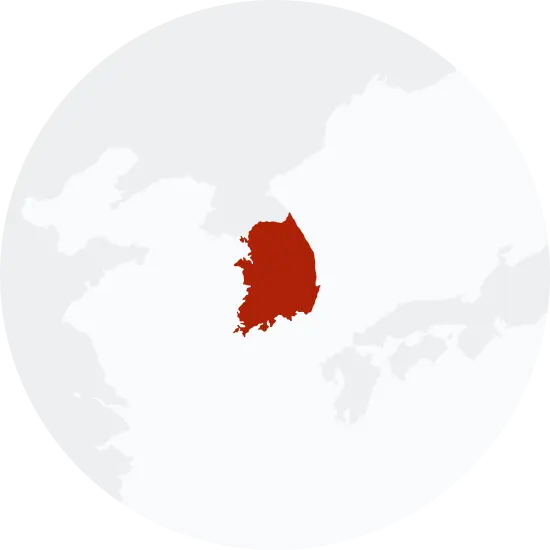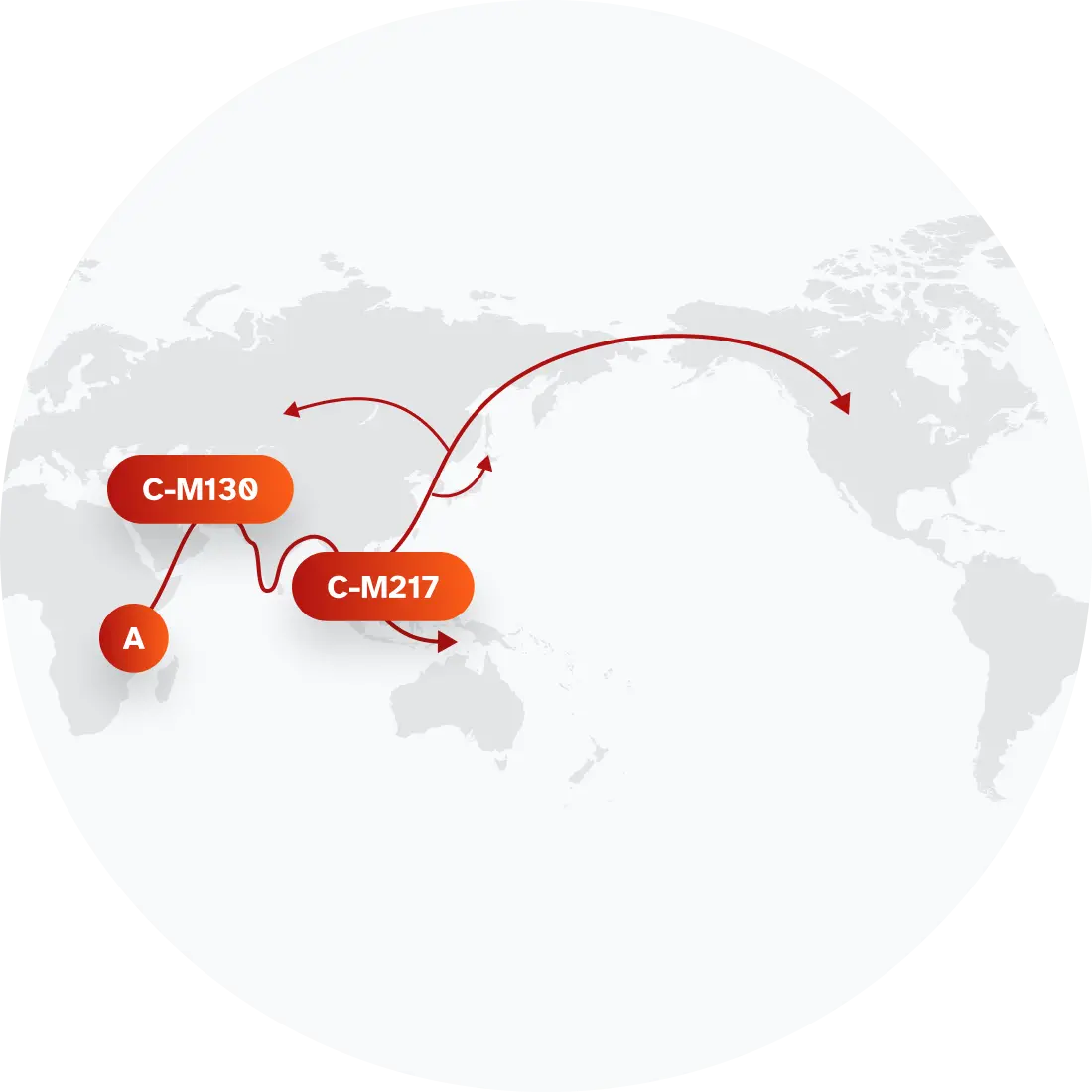Explore the Family Name Kang
How common is the last name Kang in the United States?
Based on the Decennial U.S. Census data, the popularity of the surname Kang has increased from 2000 to 2010. In 2000, it was ranked 1380 but rose to 1084 in 2010, a change of approximately 21.45%. The number of people with the Kang surname also grew significantly, with a count of 23,565 in 2000, which surged to 32,221 by 2010, marking an increase of 36.73%. This trend signifies that for every 100,000 people in the U.S., about 10.92 had the surname Kang in 2010, up from 8.74 in 2000.
| 2000 | 2010 | Change | |
|---|---|---|---|
| Rank | #1,380 | #1,084 | 21.45% |
| Count | 23,565 | 32,221 | 36.73% |
| Proportion per 100k | 8.74 | 10.92 | 24.94% |
Race and Ethnicity of people with the last name Kang
Regarding the ethnicity associated with the surname Kang, the Decennial U.S. Census data reveals that the majority identify as Asian/Pacific Islander. From 2000 to 2010, there was a slight increase in this group, from 92.45% to 93.86%. During the same period, there were declines among those identifying as White (from 4.19% to 3.08%), Black (from 0.71% to 0.56%), and American Indian and Alaskan Native (from 0.07% to 0.03%). However, the proportion of individuals identifying as Hispanic showed a rise, from 0.46% in 2000 to 0.67% in 2010. Those identifying with two or more races also decreased from 2.12% in 2000 to 1.81% in 2010.
| 2000 | 2010 | Change | |
|---|---|---|---|
| Asian/Pacific Islander | 92.45% | 93.86% | 1.53% |
| White | 4.19% | 3.08% | -26.49% |
| Two or More Races | 2.12% | 1.81% | -14.62% |
| Hispanic | 0.46% | 0.67% | 45.65% |
| Black | 0.71% | 0.56% | -21.13% |
| American Indian and Alaskan Native | 0.07% | 0.03% | -57.14% |
Kang ancestry composition
23andMe computes an ancestry breakdown for each customer. People may have ancestry from just one population or they may have ancestry from several populations. The most commonly-observed ancestry found in people with the surname Kang is Korean, which comprises 68.1% of all ancestry found in people with the surname. The next two most common ancestries are Chinese (17.4%) and Northern Indian & Pakistani (3.1%). Additional ancestries include British & Irish, French & German, Indonesian, Thai, Khmer & Myanma, Spanish & Portuguese, and Japanese.
Ready to learn more about your ancestry? Get the most comprehensive ancestry breakdown on the market by taking our DNA test. Shop 23andMe
| ANCESTRY BREAKDOWN | COMPOSITION |
|---|---|
| Korean | 68.1% |
| Chinese | 17.4% |
| Northern Indian & Pakistani | 3.1% |
| Other | 11.4% |

Possible origins of the surname Kang
Your DNA provides clues about where your recent ancestors may have lived. Having many distant relatives in the same location suggests that you may all share common ancestry there. Locations with many distant relatives can also be places where people have migrated recently, such as large cities. If a large number of individuals who share your surname have distant relatives in a specific area, it could indicate a connection between your surname and that location, stemming from either recent ancestral ties or migration.
Based on 23andMe data, people with last name Kang have recent ancestry locations in South Korea and China.
| RECENT ANCESTRY Location | Percentage |
|---|---|
| Seoul, South Korea | 69.20% |
| Busan, South Korea | 46.10% |
| Gyeongsangnam Do, South Korea | 34.30% |
| Jeollabuk Do, South Korea | 34.00% |
| Daegu, South Korea | 32.40% |
What Kang haplogroups can tell you
Haplogroups are genetic population groups that share a common ancestor on either your paternal or maternal line. These paternal and maternal haplogroups shed light on your genetic ancestry and help tell the story of your family.
The top paternal haplogroup of people with the surname Kang is C-CTS2657, which is predominantly found among people with East Asian & Indigenous American ancestry. Haplogroup C-CTS2657 is descended from haplogroup C-M217. Other common haplogroups include O-CTS723 and C-CTS8579, which are predominantly found among people with East Asian & Indigenous American and East Asian & Indigenous American ancestry. Other surnames with similar common haplogroups are: Kim, Park, Choi, Han, Chung, Oh, Jung, Hwang, Chang, Pak.
The most common maternal haplogroups of people with Kang surname are: D4b2b, F2, D4. These most commonly trace back to individuals of East Asian & Indigenous American and European ancestry.
 Paternal Haplogroup Origins C-M217
Paternal Haplogroup Origins C-M217
Your paternal lineage may be linked to Genghis Khan
Genghis Khan, the Mongolian conqueror that lived from 1162 to 1227 CE, was likely a member of haplogroup C-M217, and may be responsible for the spread of one of its branches. Half of a percent of all men on Earth, and 8% of men in the region reaching from northeastern China to Uzbekistan, may descend from Genghis Khan. His lineage is most common in Hazara, Mongolian, Uygur, Chinese Kazak, and Inner Mongolian Han populations.
Your maternal lineage may be linked to the Han
Members of haplogroup D are found in both northern and southern Han Chinese populations at low to moderate frequencies. The Han people, who all share the same language and similar cultural practices, are the largest ethnic group in the world, with about 1.2 billion people. Historical evidence shows that Han people are descendants of the ancient Huaxia tribes that come from northern China, and Han language and culture only expanded into southern China in the last 2,000 years. The spread of Han people and culture from northern to southern China was likely driven by warfare and famine in the north.

What do people with the surname Kang have in common?
Spoiler alert: it's complicated. People with the same last name are usually no more genetically similar than a randomly sampled group of people from the same population. That said, people with the same surname are more likely to have similar ancestries than randomly sampled individuals. The reason is the tendency of people with similar cultural or geographical backgrounds to preferentially mate with one another. That's why people who share a surname may be more likely to share traits and tendencies in common than people within the general population. Check out the percentages below to see the prevalences of tastes, habits, and traits of people with your surname compared with prevalences among 23andMe users.
Preferences
Traits
Habits
Wellness
Are health conditions linked to the last name Kang?
The short answer is that, if there is an association between surname and health, it's usually more about your ancestry than your name. Individuals with a given surname are no more genetically similar than the general population but often have similar ancestries. The populations of people associated with those shared ancestries often have sets of genetic variations, also known as alleles, in common. Some of those alleles are associated with a greater likelihood of developing certain diseases.
Disease variant frequency by ancestry
Disease allele frequencies in populations associated with the surname Kang are shown below. Important Note: not everyone with a disease allele will develop these health condition
























